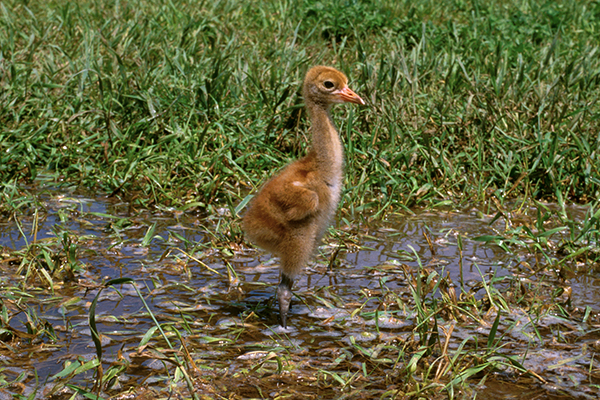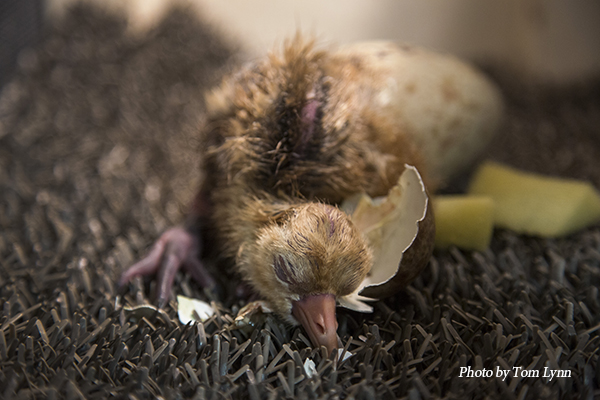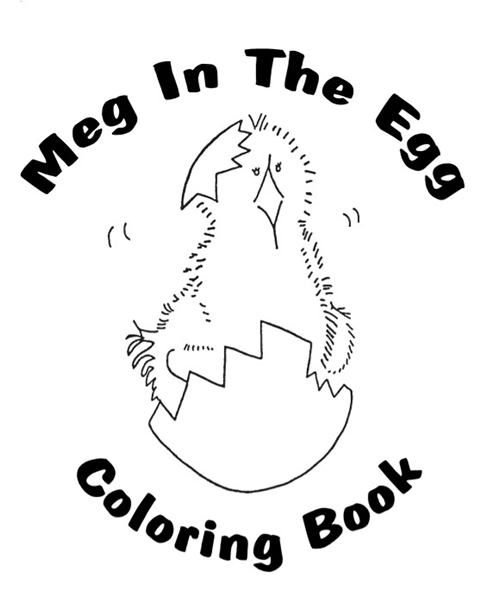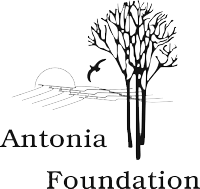
Welcome to Week 2 of Quarantine with Cranes! Over the next few months, we will provide activities for you and your loved ones to do from the safety of your home. This week’s activities focus on crane chicks. See Week 1 of Quarantine with Cranes here.
Spring has arrived here in Wisconsin, which means that it’s egg-laying season for cranes. Most wild female cranes lay two eggs during this time. After about 30 days of incubation, where the female and male take turns sitting on the eggs to keep them warm, cute and fuzzy chicks will hatch. This week’s activities are all about these cute and fuzzy crane chicks!

Activity Description: We compiled four online resources that will help introduce your kids to crane chicks and how we raise chicks at the International Crane Foundation. The Meg in the Egg coloring book is a short story describing one crane’s first few days after hatching. The YouTube Video “ICF’s Breeding and Reintroduction Program, Part 3” explains our innovative processes for raising chicks to release into the wild. Some of our techniques for raising cranes have changed since this video was produced. For example, the video discusses costume rearing, which we now only do for Whooping Cranes released into the Louisiana Non-Migratory Population. We continuously update our methods for raising chicks to ensure the best survival for chicks released into the wild.
Next, the videos in the Crane Chick Cam Video Shorts 2013 YouTube Playlist show footage from our chick rearing facility. In this footage, you will see various chick behaviors, including hatching, eating and bathing. The last resource is a webpage with biographies for each Whooping Crane in the Eastern Migratory Population. You can find the links for each of these activities below.
Grades: K-4
Time estimate: 1.5 – 2.5 hours
Topics covered: Reading, science (animal behavior), chick behaviors, chick rearing
Materials needed: Internet access, printer, crayons/markers/colored pencils
Adult involvement: Yes, for reading and comprehension for the YouTube videos
Indoor or Outdoor: Indoor
Links:
ICF’s Breeding and Reintroduction Program, Part 3: Raising Crane Chicks (YouTube Video)
Crane Chick Cam Video Shorts 2013 YouTube Playlist
 Workplan:
Workplan:
Begin with the Meg in the Egg Coloring Book story. The pages in the PDF are ordered so that you may fold them into a book after printing. You will need to fold the pages “hamburger” style and place them in the correct order to form the book. If you will not be printing the coloring book, help your kids read the story in the correct order on your screen. Immediately following the end of the story, ask the students some reading comprehension questions. Here are some examples of a few questions you may ask:
How does Meg get out of the egg?
What do you notice about how Meg looks?
What does it mean that Siberian Cranes are rare? Why are they so rare?
What big job does Meg have to do?
After completing the comprehension questions have the students spend time coloring the images on the pages. Coloring can be an enjoyable time for your kids to think about the physical appearance of crane chicks. Feel free to use the images of chicks on this blog post as inspiration!
Next, watch ICF’s Breeding and Reintroduction Program, Part 3 video with your children. The content of this video may be difficult for kids to comprehend, so we recommend watching the video with them and then asking them questions to reinforce the video.
What is imprinting?
Why is it important for a crane to know it is a crane?
Why do people who raise cranes wear a crane costume?
What do you think it is like to wear the crane costume?
Would you like to wear the crane costume and help raise chicks one day?
For the Crane Chick Cam Video Shorts 2013 YouTube Playlist, have your kids pretend they are crane keepers at the International Crane Foundation. As keepers, they need to watch for certain behaviors to make sure the chicks are healthy. For example, you may have your kids point out when a chick eats, flaps its wings and interacts with a costumed keeper. Please note that each video has an informative caption describing the scenes captured in the video.
Finally, move on to the Whooping Crane biographies. Help your kids explore the different “classes” of Whooping Cranes. Each crane released into the Eastern Migratory Population has a picture and a brief description of its life. Reading the biographies with your kids, you can ask them to spot chick behaviors they noticed in the Crane Cam videos. These biographies are also a great resource for your kids to simply look at more pictures of crane chicks.
What do you think? Please send your feedback to info@savingcranes.org. We would love to see photos of you and your kids learning about cranes and their habitats. We will see you next week for Week 3 of Quarantining with Cranes!
 Quarantine with Cranes is made possible by the generosity of the Antonia Foundation.
Quarantine with Cranes is made possible by the generosity of the Antonia Foundation.
